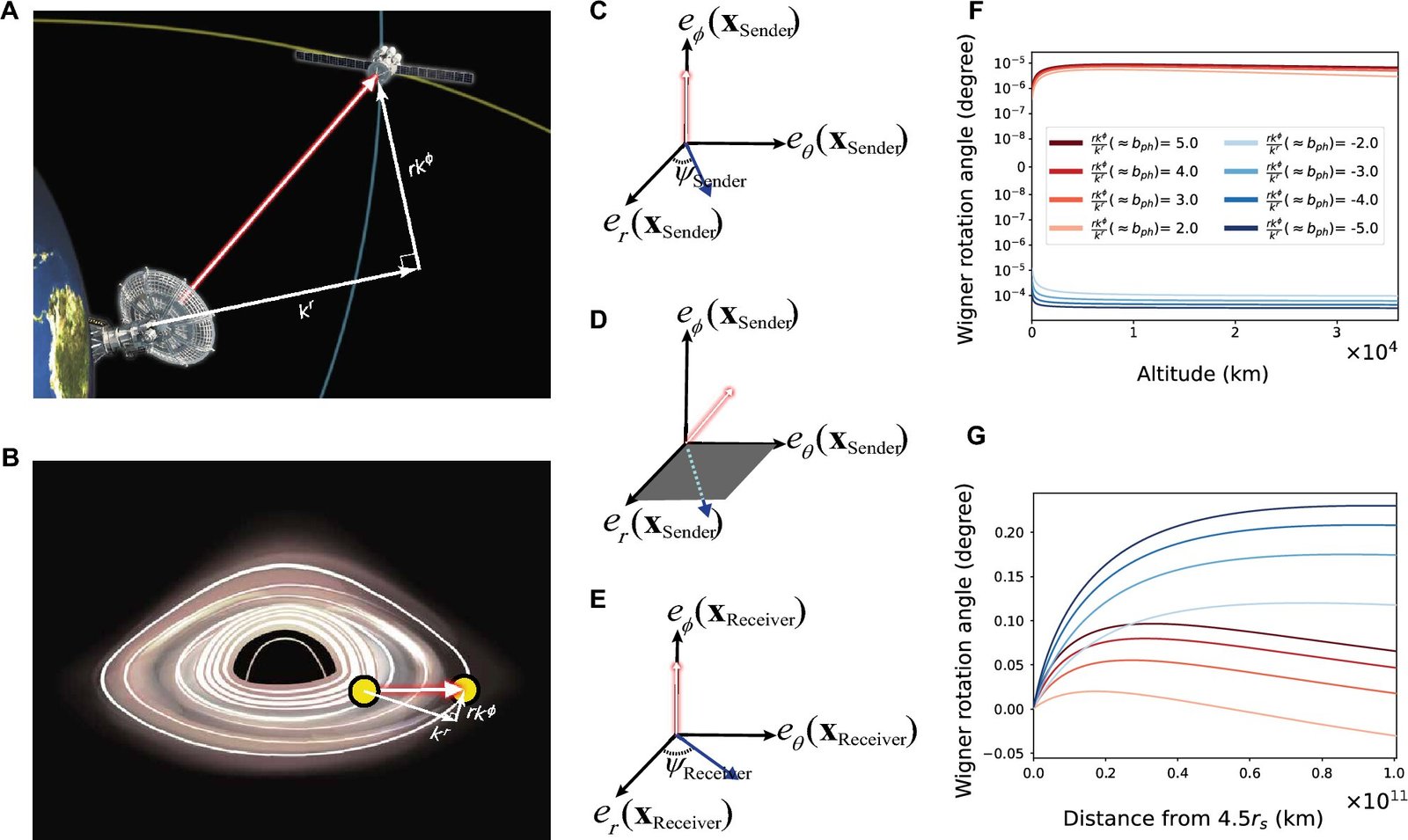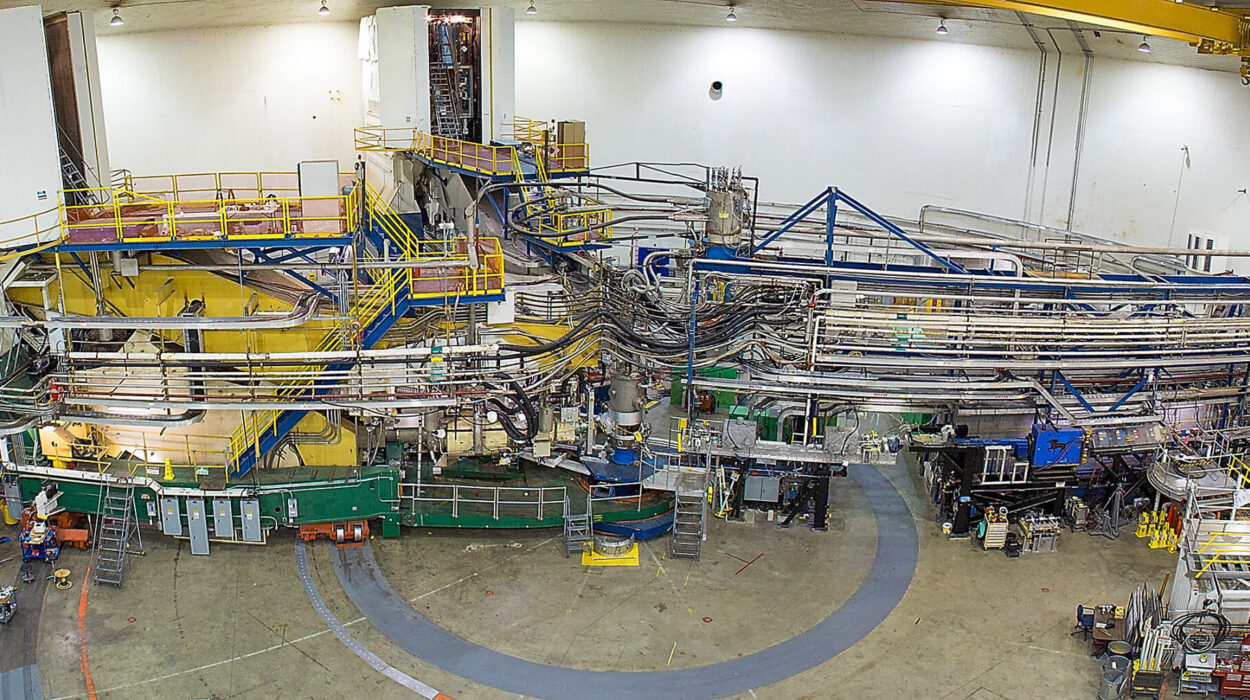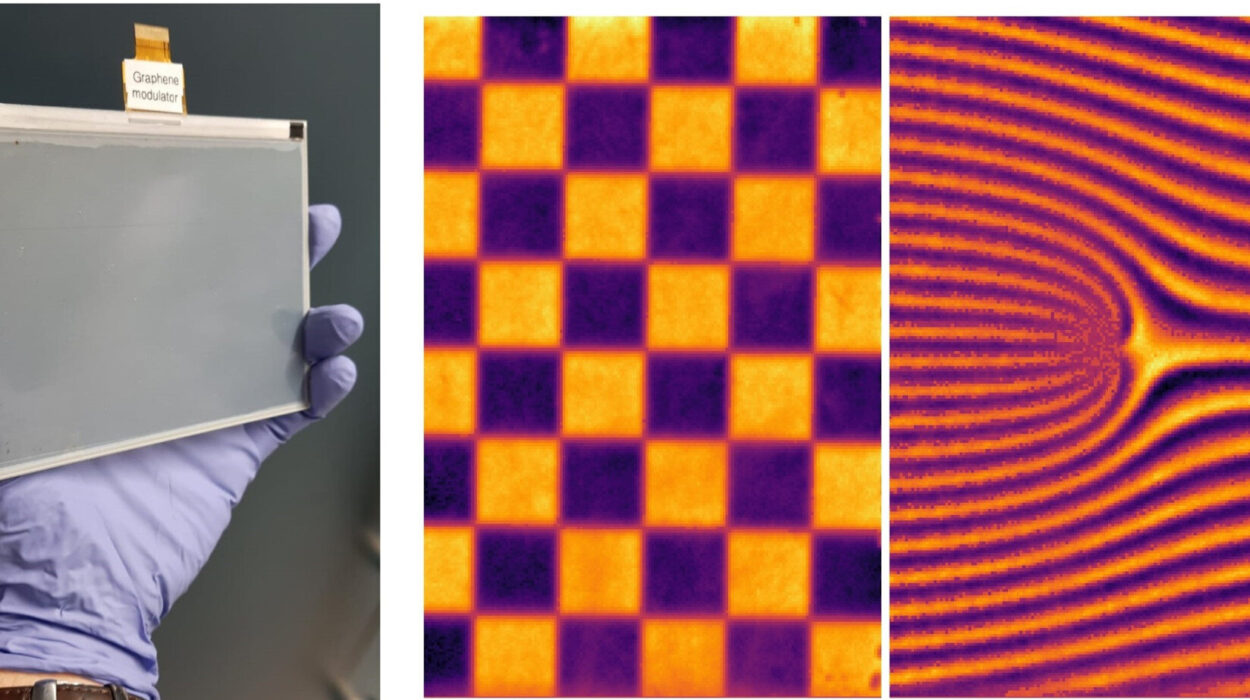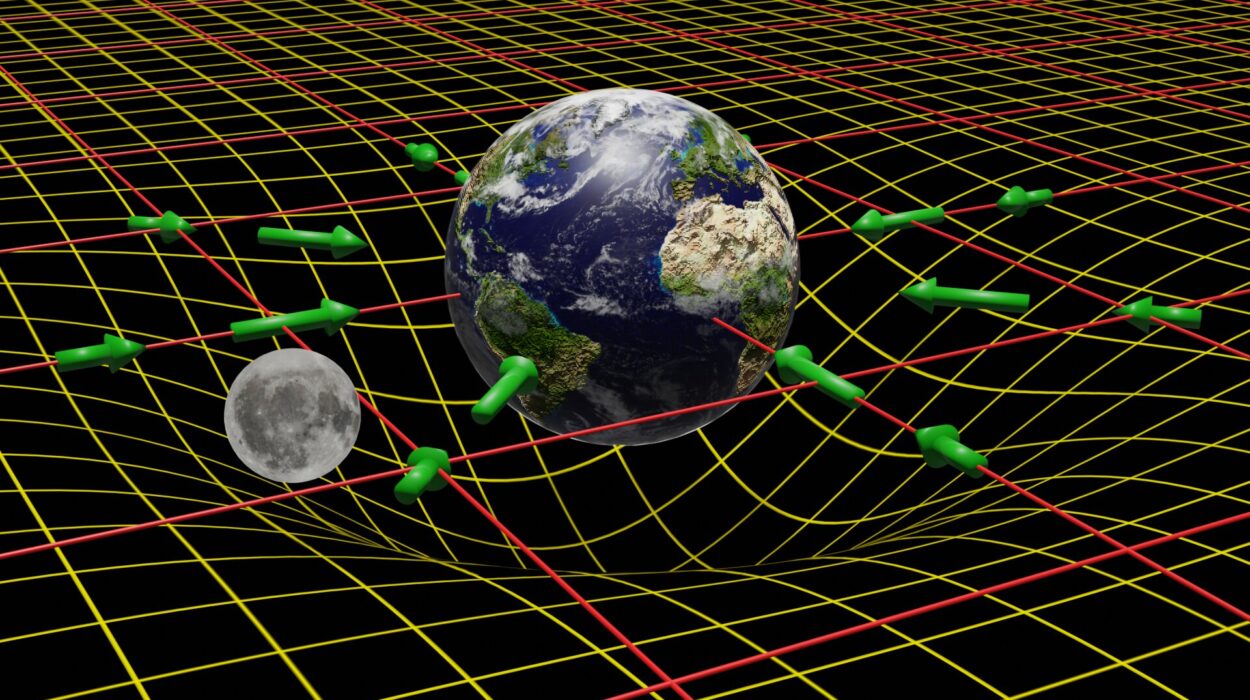For over a century, physicists have operated under two ruling theories of the universe: Einstein’s theory of general relativity, which masterfully explains how gravity shapes the cosmos, and quantum mechanics, which governs the subatomic dance of particles at the smallest scales. Each theory is spectacular in its own domain—but tragically incompatible with the other. Trying to unite them into a single framework, a “theory of everything,” has been one of science’s most enduring quests.
Now, in a remarkable twist, a team of researchers has found that light itself—specifically, its polarization—may offer an unexpected bridge between these two worlds. Their work unveils a surprising behavior of light in curved space and introduces a potentially revolutionary new tool for probing the deep link between gravity and quantum mechanics.
Shedding Light on a Century-Old Mystery
At the heart of this discovery is Warner A. Miller, Ph.D., professor at Florida Atlantic University’s Charles E. Schmidt College of Science. Collaborating with colleagues at the University of Seoul and Seoul National University in South Korea, Miller and his team have taken a fresh look at how light behaves when it travels through space curved by gravity.
Physicists have long known that when light moves through a gravitational field, its polarization—the direction in which it vibrates—can shift slightly. This effect is subtle but detectable, and it arises due to the warping of spacetime described by Einstein’s equations. However, what Miller’s team discovered goes well beyond the expected.
By tweaking the way light’s polarization is measured—specifically by adjusting the quantization axis, or the angle of the polarizer used to detect light—the scientists found that light doesn’t always behave the same way forward and backward. This strange effect is known as non-reciprocity, and it could mark a major turning point in the search for quantum gravity.
What Is Non-Reciprocity and Why Does It Matter?
In most classical systems, light behaves predictably: if it goes out and comes back along the same path, it ends up in the same state. But in this new work, non-reciprocity breaks that symmetry. When light loops through curved space and returns to its starting point, its polarization doesn’t reset as expected. Something about the journey fundamentally changes it.
“Non-reciprocity means that light behaves differently when it moves forward compared to when it goes backward,” said Miller. “It doesn’t ‘undo’ its twist—even if it retraces its path. This goes against the conventional wisdom in physics.”
This phenomenon becomes especially interesting when considered in the context of quantum mechanics. Polarization is a quantum property. If gravitational fields can create or amplify such non-reciprocal behavior in light, then we may be observing a quantum fingerprint of gravity—a place where these two separate theories begin to intersect.
The Wigner Rotation: A Twisting of Polarization in Curved Space
Central to the team’s findings is the Wigner Rotation Angle (WRA), a concept that describes how polarization shifts when a particle like a photon moves through a curved spacetime. Normally, this shift is minuscule. But when the researchers adjusted the quantization axis during their measurements, the WRA became significantly larger—up to ten times what was expected from gravity alone, even in extreme environments like near a black hole.
This amplification could be a game-changer. It suggests that scientists could manipulate and enhance gravitational effects on light’s polarization by simply changing how they measure it—a novel idea with profound implications.
A New Role for Light: Probe of the Quantum Gravitational Fabric
Miller’s team believes this effect could allow physicists to develop highly sensitive instruments that probe the very fabric of spacetime itself. Imagine being able to measure subtle twists in polarization not just as a curiosity, but as a diagnostic tool to test theories of quantum gravity.
This might even allow physicists to explore possible violations of Einstein’s Equivalence Principle, a cornerstone of general relativity that states all objects fall the same way in a gravitational field, regardless of their composition. If light with different polarization states reacts differently to gravity, that principle may not hold in the quantum regime.
The door also opens to other exotic questions: Could this behavior hint at new particles or hidden dimensions? Could we use polarized light to scan regions near black holes or the early universe to detect new physics?
Taking the Experiment to Space: The Ultimate Laboratory
Testing these predictions isn’t simple. The effects, though amplified, are still incredibly subtle. To capture them clearly, the team has proposed building an astronomical interferometer—a network of precision instruments deployed in space.
These space-based interferometers would use satellites with meticulously aligned polarizers. By firing entangled photons across vast distances and analyzing their returning polarization states, researchers could detect these non-reciprocal shifts with extraordinary accuracy.
Two configurations are on the table:
- A hybrid system combining the Hong–Ou–Mandel effect with a Mach–Zehnder interferometer, both well-known for their extreme sensitivity and ability to filter out unwanted noise.
- A setup involving highly controlled light sources, allowing a direct comparison between classical and quantum predictions regarding light’s behavior in curved space.
These tools could help scientists determine whether the newly observed phenomena truly stem from the interplay between gravity and quantum properties, or if they signal a deeper, unknown physics at work.
Earth-Based Possibilities: Simulating the Universe in a Lab
While space offers the cleanest environment to test these ideas, Miller and his colleagues are optimistic about Earth-based experiments as well. Using carefully arranged mirrors, polarizers, and light sources, it’s possible to simulate the essential geometry and detect smaller, but still meaningful, non-reciprocal effects.
These lab setups won’t replace the full-scale space observatories but can act as crucial stepping stones—validating the core principles, refining the measurement techniques, and guiding the development of space missions.
The Quest for Quantum Gravity Enters a New Phase
“This is more than just a new experiment—it’s a new way to ask the deepest questions in physics,” said Miller. And he’s right. In a field where progress often feels incremental, this approach injects fresh energy into one of the most difficult problems in science.
The beauty of this idea lies in its simplicity. Light is abundant, fast, and deeply tied to quantum physics. Gravity is the force that shapes galaxies and black holes. If their interaction can be measured using nothing more exotic than a carefully angled polarizer, then the implications are profound.
Suddenly, we’re not just chasing abstract equations or elusive particles. We’re using real photons, real measurements, and concrete engineering to test the deepest truths about reality.
Illuminating the Universe’s Grandest Puzzle
As the boundaries between quantum mechanics and gravity blur, one thing becomes clear: the universe still has secrets to share. Through the clever manipulation of light—its vibration, its spin, its quantum quirks—physicists are inching closer to a unified understanding of reality.
Whether this leads to a quantum theory of gravity, new insights into the structure of spacetime, or entirely uncharted realms of physics, the path forward now gleams with a new kind of illumination—not metaphorical, but literal. Light, the oldest and most familiar messenger of the cosmos, may be the guide we’ve needed all along.
And as it twists and turns through the curved corridors of spacetime, it may yet reveal how the universe truly works.
Reference: Hansol Noh et al, Non-reciprocity in photon polarization based on direction of polarizer under gravitational fields, Scientific Reports (2024). DOI: 10.1038/s41598-024-71203-x






